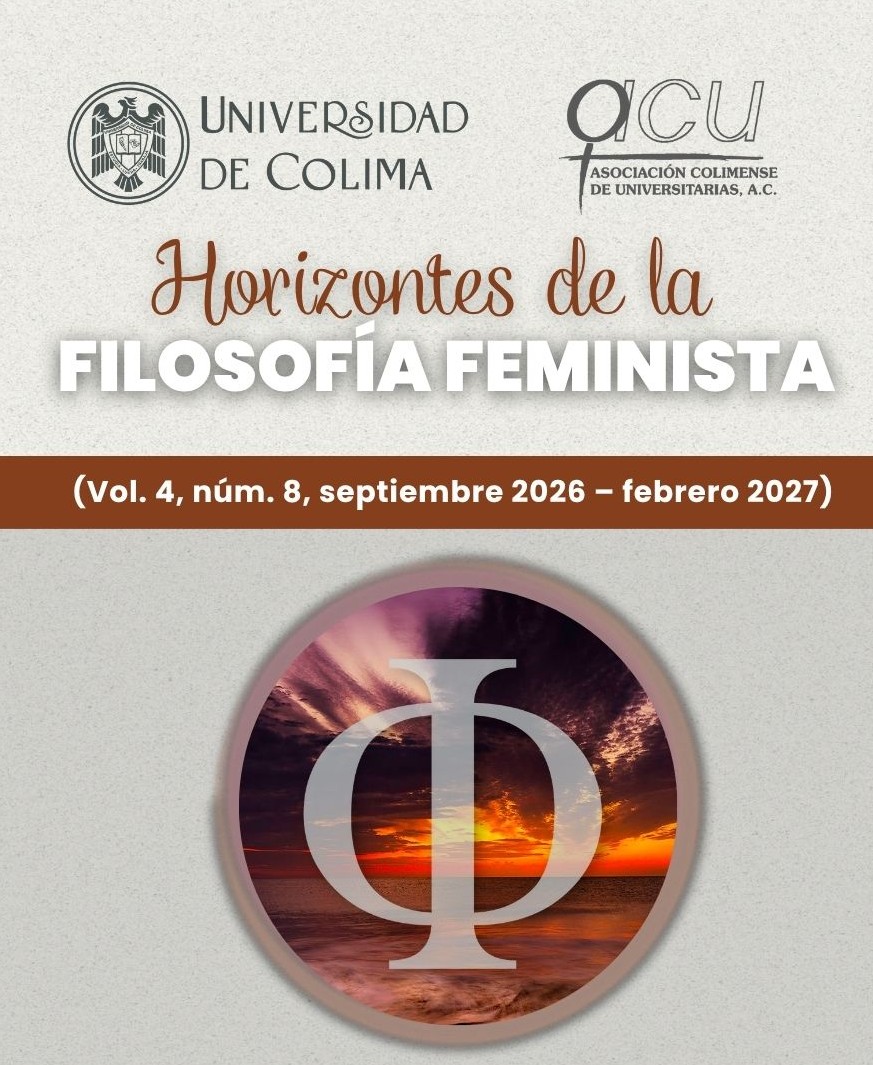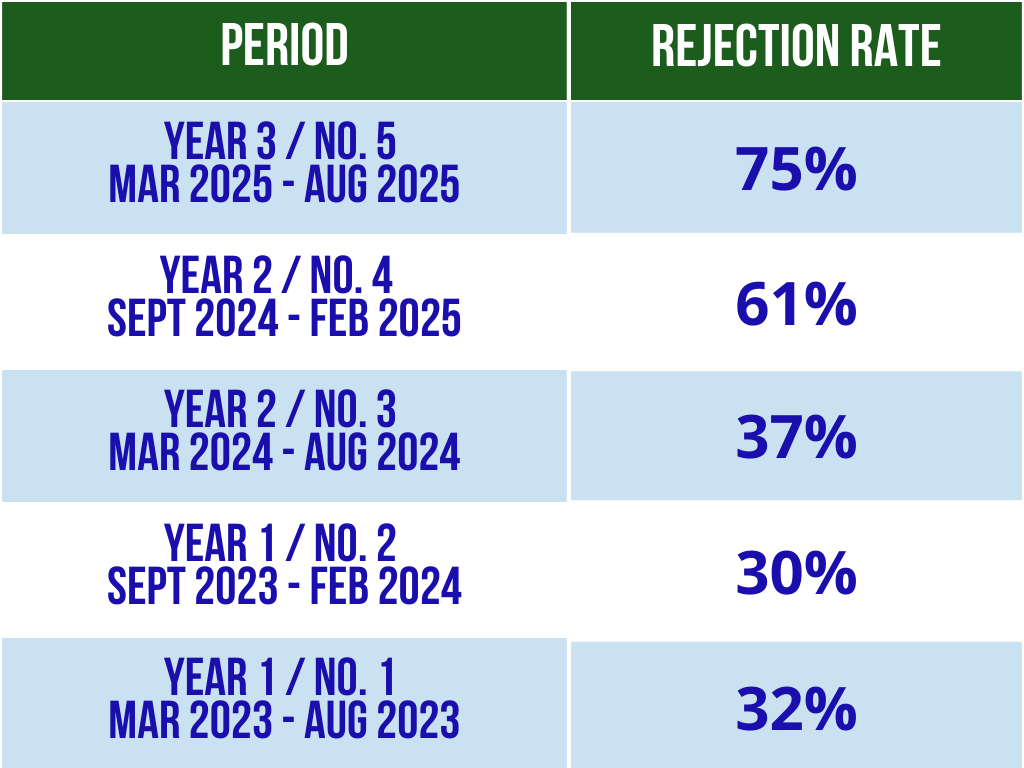The photography by Ana Álvarez-Errecalde as a restorative proposal for the cultural fear of pain and childbirth.
A reading from the butlerian frame and the affective turn
Keywords:
childbirth, butlerian framework, affections, pregnant body, photographyAbstract
This essay proposes a reflection on the discursive representations of childbirth based on the analysis of the photographic ensemble called “Birth of My Daughter,” by the Argentine artist Ana AlvarezErrecalde, as a form of discursive response to the prevailing and conventional
representations that mediate how pregnant mothers and their bodies interpret and dominate certain feelings during the birth process. The analysis includes the notion of the body from Judith Butler’s proposal about recognition of frameworks or standards and the notion of feelings as
communicative systems by Sara Ahmed. This way, a photographic proposal is conceived as a significant system that challenges the established framework. It proposes an ‘outside the frame’ that allows bodies and their significant practices to be recognizable in new terms, different from the normative principles of the social and hegemonic representation of childbirth. The exposure of reproductive
organs, animal pleasure, and standing photography minutes after giving birth, challenge the norm, the structure. Control of the body and of experience through re-appropriation and vindication of certain feelings, such as fear and pain, allow a possible alternate representation to be recognized despite not coinciding with the rules of recognition and therefore, not being legitimized.
Downloads
Metrics
References
Ahmed, S. (2015). La política cultural de las emociones. México: UNAM.
Angenot, M. (2010). El discurso social: Los límites históricos de lo pensable y lo decible. Buenos Aires: Siglo XXI.
Butler, J. (2010). Marcos de guerra. México: Paidós.
Deleuze, G. y Guattari, F. (2000). Mil mesetas. Capitalismo y esquizofrenia. 4ª ed. Valencia: PRE-TEXTOS.
Elson, V. (productora) (2009). Laboring Under an Illusion: Mass Media Childbirth vs. The Real Thing. [Documental]. United States: Birth-Media.
Foucault, M. (1996). El nacimiento de la clínica: Una arqueología de la mirada médica. 16ª ed. México: Siglo XXI.
Freud, S. (2012). Obras completas. Vol. 3. Madrid: Biblioteca Nueva.
Kristeva, J. (2006). Poderes de la perversión. 6ª ed. Buenos Aires: Siglo XXI.
Levstein, A. y Dahbar, V. (2016). Parergon y Marcos: Dos máquinas de lectura. En: F. Martínez y M. Arrieta (Eds.), Anuario de investigación 2015-2016 (pp. 309-325). Córdoba: Facultad de Ciencias de la Comunicación: Universidad Nacional de Córdoba.
Nari, M. (2004). Políticas de maternidad y maternalismo político. Buenos Aires: Editorial Biblos.
Segato, R. (2016). La guerra contra las mujeres. Madrid: Traficante de sueños.
Trías, E. (2001). Lo bello y lo siniestro. Barcelona: Ariel.
Valent, M. (2015). Estrategias del vacío en la obra de Ana Álvarez-Errecalde: Cuerpos, performatividad e identidades. En: Revista: Estúdio, 6 (12), pp. 18-29.
Sitios Web:
Álvarez-Errecalde, A. (2005). El nacimiento de mi hija. En: ana álvarez-errecalde. Consultado el 25 de julio de 2019 Disponible en https://alvarezerrecalde.com/. https://alvarezerrecalde.com/portfolio/el-nacimiento-de-mi-hija/
Brigidi, S. (2014). Experiencias encarnadas. Representaciones audiovisuales de madre(s) y maternidad(es). En: Revista de Medicina y Cine, 10 (3)pp. 118-126. Consultado el 19 de julio de 2019. Disponible en https://www.researchgate.net/publication/266265445
Cardús i font, L. (2015). Miedo al parto y narrativas intergeneracionales: Una aproximación desde la antropología. En: Dilemata Revista Internacional de Éticas Aplicadas, (18), pp. 129-145. Consultado el 19 de julio de 2019. Disponible en https://www.dilemata.net/revista/index.php/dilemata/article/view/376
Hofberg, K. y Ward, M.R. (2003). Fear of Pregnancy and Childbirth. En: Postgraduate Medical Journal, 79 (935), pp. 505-510. Consultado el 31 de julio de 2019. Disponible en https://doi.org/10.1136/pmj.79.935.505
Holdsworth-Taylor, T.L. (2010). Portrayals of Childbirth: An Examination of Internet Based Media. En: Revue Interdisciplinaire Des Sciences de La Santé - Interdisciplinary Journal of Health Sciences, 1 (1), p. 31. Consultado el 31 de julio de 2019. Disponible en yhttps://doi.org/10.18192/riss-ijhs.v1i1.1532
Jordà, M.; Romero, P. y Rodríguez, L. (2014). Construyendo la maternidad: Dios es mujer, coño. Tesis de maestría, Facultad de Bellas Artes de San Carlos, Universitat Politècnica de València, Valencia. Consultado el 10 de diciembre de 2019. Disponible en https://riunet.upv.es/bitstream/handle/10251/51038/ROSJORDÀ%2CMARÍATFM.pdf?sequence=1
Luce, A.; Cash, M.; Hundley, V.; Cheyne, H., et al. (2016). “Is it realistic?” the portrayal of pregnancy and childbirth in the media -¿Es realista? La representación del embarazo y el parto en los medios-. En: BMC Pregnancy and Childbirth, 16 (40), pp.1-10. Consultado el 31 de julio de 2019. Disponible en https://doi.org/10.1186/s12884-016-0827-x
MiNuShu. (2013, septiembre 13). Umbilical Self-portrait [Archivo de video]. Consultado el 8 de agosto de 2019. Disponible en: https://vimeo.com/74476108
Miranda, E. (2018). El cuerpo femenino (y materno) como territorio de resistencia. Metáforas y revelaciones desde la fotografía. [versión electrónica]. En: F. Quiles, A. Cielo, C. Cruz y C. Padilla (Eds.), Como bálsamo de Fierabrás: Cultura en tiempos y territorios en conflicto (pp. 304-315). Sevilla: Aula Latinoamericana de Pensamiento y Creación Contemporáneos. Consultado el 15 de agosto de 2019. Disponible en https://dialnet.unirioja.es/servlet/articulo?codigo=6439339
Morris, T. y McInerney, K. (2010). Media Representations of Pregnancy and Childbirth: An Analysis of Reality Television Programs in the United States. [Versión electrónica]. En: Birth, 37(2), pp. 134-140. Consultado el 19 de julio de 2019. Disponible en https://doi.org/10.1111/j.1523-536X.2010.00393.x
Palomo-Chinarro, A.M. (2016). Ana Álvarez-Errecalde. Un ejemplo de lo que acontece en la confluencia de la maternidad y la creación plástica. [Versión electrónica]. En: Dossiers Feministes, (21), pp. 23-39. Consultado el 8 de agosto de 2019. Disponible en https://doi.org/10.6035/dossiers.2016.21.2
Rocha, R.; Franco, S. y Baldin, N. (2011). El dolor y el protagonismo de la mujer en el parto. [Versión electrónica]. En: Revista Brasileira de Anestesiologia, 61 (3), pp. 204-210. Consultado el 15 de agosto de 2019. Disponible en http://www.scielo.br/pdf/rba/v61n3/es_v61n3a14.pdf
Uicich, S. (2015). V Jornadas de investigación en humanidades. [Versión electrónica]. En: Hemisferio Derecho (ed.), Sobre la experiencia estética: La conmoción de las imágenes (pp. 133-139). Bahía Blanca, Argentina. Consultado el 15 de agosto de 2019. Disponible en http://bc2.uns.edu.ar/handle/123456789/2890
Downloads
Published
How to Cite
Issue
Section
License

This work is licensed under a Creative Commons Attribution-NonCommercial-ShareAlike 4.0 International License.
GénEroos Magazine allows you to share, copy and redistribute the material in any medium or format; adapt, remix, transform and build upon the material, crediting the work appropriately and providing a link to the licence, indicating if changes have been made.








